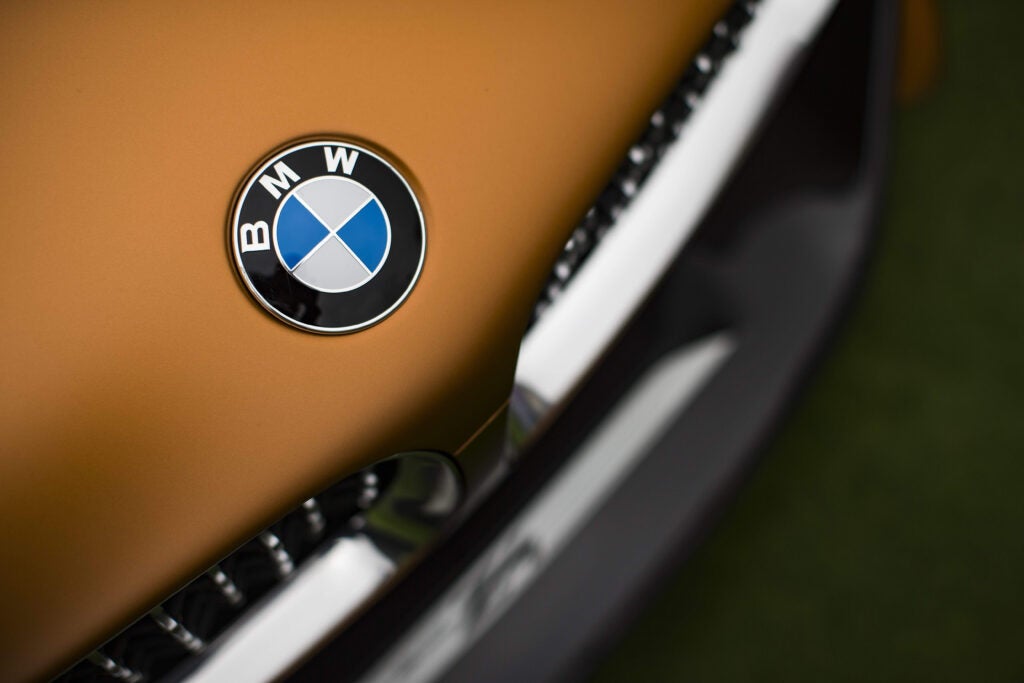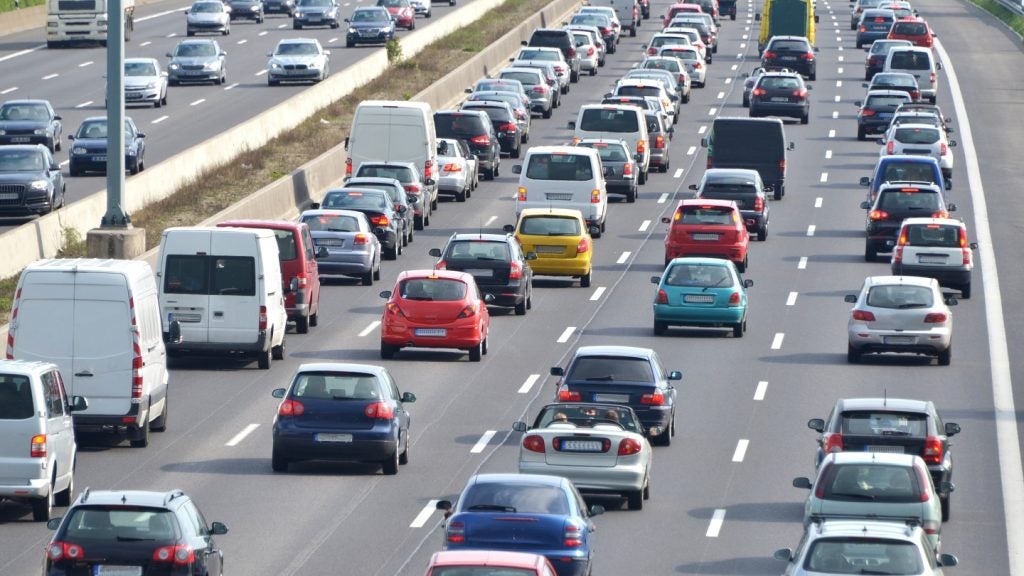
According to the latest reports, the Dutch economy is finally emerging from a two-year recession, the second it has weathered in the past five years.
Recent forecasts by the Netherlands Bureau for Economic Policy show GDP is expected to expand by 0.75% in 2014, a modest but positive increase on previous estimates of 0.5%.
In this context of unsteady expectations and cautious optimism, the country’s car market continues to struggle.
Last year saw the lowest number of new loans recorded in the Netherlands car finance market since 2009, marking the second consecutive year of decline as a peak in 2011 proved short-lived.
Up to 2011, the growth in new loans mirrored that in outstanding end-of-year contracts, but in 2012 while the former witnessed the first sharp decline, the latter continued to grow.
It was not until 2013 that growth in the number of outstanding loans started to fall, albeit at a considerably slower rate than the decrease in new contracts.
The end of 2013 saw consumers and businesses in the Netherlands prepare for a return to stricter limits on CO2 emissions effective from January 2014, set to affect both the tax on passenger cars and motorcycles and the tax liability for company cars.
How well do you really know your competitors?
Access the most comprehensive Company Profiles on the market, powered by GlobalData. Save hours of research. Gain competitive edge.

Thank you!
Your download email will arrive shortly
Not ready to buy yet? Download a free sample
We are confident about the unique quality of our Company Profiles. However, we want you to make the most beneficial decision for your business, so we offer a free sample that you can download by submitting the below form
By GlobalDataAs such, corporate clients boosted overall sales levels somewhat at the end of the year, with December witnessing uncommonly high business purchases as companies rushed to secure new vehicles before the 2014 regulatory change.
Electric vehicles
A further consequence of the shift in regulation was seen in an exceptionally strong increase in the number of electric vehicles (EVs) sold in the country in the lead up to the end of the year.
A total of 9,309 EV units were sold in December alone, a figure almost equal to numbers for the rest of 2013 and twice as high as total levels registered in 2012.
In January the inevitable comedown meant EV sales figures were lower than values from the previous year, but remained strong at over 400 vehicles sold overall between 100% EVs and plug-in hybrid electric vehicles (PHEVs).
In particular, Volvo’s V60 PHEV model proved by far the most popular with 272 vehicles sold, distancing itself considerably from runner-up Mitsubishi’s Outlander PHEV’s 82 sales.
Used cars and dynamism
Among the most mature Western European car markets, the Netherlands has traditionally been a strong market for used cars. According to British Car Auction’s The Used Car Market Report 2013, the ratio of used-to-new cars was 3.5:1 in 2012, the third-highest in Western Europe after Portugal and Sweden. Conversely, in 2010 the Netherlands’ ratio of used-to-new cars put it in first place at 3.7:1.
Further, the 2011 disruption in the Dutch economy is confirmed by a fall in dynamism within the Netherlands car market. This lapse has happened despite a rise in the country’s parc turn percentage figure, or the number of vehicles changing hands relative to the total number of cars on the road, from 29.6% in 2010 (then the highest figure in Western Europe) to 29.9% in 2012, when the country trailed in third-place after Denmark and the UK.
Despite the fall in dynamism, the number of used car sales per 1,000 people in the Netherlands in 2012 was the second-highest in Europe at 106.
Overall, the picture figures such as the above paint of the Netherlands’ car industry is one of a mature market fluctuating in its struggle to recover its former strength.
Predictably, the trend in the total volume of credit to motorists follows largely the same trend as that of new loan growth. A sharp fall to 437m after the 2008 crisis was followed by a 700m peak in 2011 and a decline to 494m last year, the lowest figure since 2009.
On one hand, according to Statistics Netherlands, despite remaining negative, consumer confidence has been on a steady rise since July 2013, growing steadily month-on-month from -37 to -12 in January 2014, rising to -7 in March and -5 in April.
On the other, according to the Organisation for Economic Co-operation and Development (OECD), the automotive sector was one of the hardest hit by the recession and demand for vehicles remain 11% below pre-crisis levels. The OECD says demand for new cars is expected to remain subdued, with most forecasts for Western Europe expecting growth to resume, albeit slowly, over the next few years.
Following a 4% improvement in sales of passenger vehicles in Western Europe in 2014, growth is expected to reach 6% by 2015. As such, struggling players such as the Netherlands might find they road to recovery is still long ahead.







